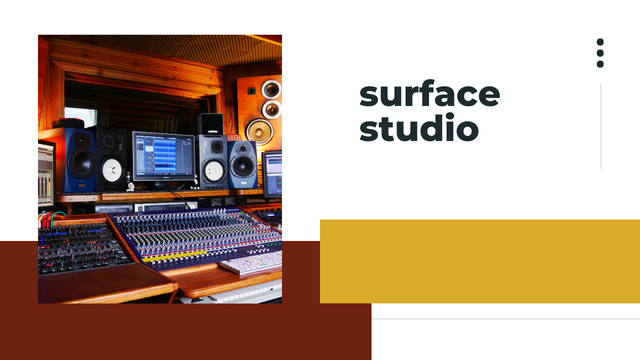This is the Surface Studio 2, an entirely customized all-in-one
desktop PC consisting of a set of professional hardware components including integrated and discrete graphics. However, some users reported that their Surface Studio 2 doesn’t have the complete function of the discrete GPU but uses the integrated graphics for performing graphics-intensive applications, which is a performance bottleneck. Hence, below is a comprehensive discussion concerning the causes and possible remedies if you have this issue.
Understanding the Problem
the contrary is kind of basic, the less intensive task activity for it would be programmed into the Intel UHD Graphics and would also serve the other function for efficiency in reducing power consumption. Typically, it is supposed to automatically switch from one to the other based on what the workload is processing on the computer. Whenever this happens, performance bottlenecks occur, especially in applications that require lots of graphics power.
Common Causes
GPU Settings Problem: Some applications have their default graphics processor set as the integrated GPU. Outdated Drivers: Answers from incompatible or outdated graphics drivers would even stall GPU switching. Windows Power Settings: May set the power-saving configurations to have the integrated GPU prioritized over the discrete GPU. Application Preferences: Some programs would default to using the integrated GPU unless specified otherwise. Hardware- or Firmware-based Problems: On rare occasions, there might be problems related to hardware or firmware with the Surface Studio 2 that prohibits properly switching between GPUs.
Solutions
1. Assign the Discrete GPU Manually To configure specific applications to use the discrete GPU:
Windows Setting: Settings >
System >
Display >
Graphics Settings. Select the application you want to configure and click Options. Choose High Performance (NVIDIA GTX) and save changes.
2. Update Graphics Drivers
Old drivers usually generate incompatibility problems. To do this: Open Device Manager. Expand Display Adapters and then right-click on the integrated and discrete GPU. Click Update Driver and then Search Automatically for Updated Driver Software. Otherwise, access NVIDIA’s site to download and install the new drivers for your GPU.
3. Power Settings Adjustment
Windows power modes generally tend to affect the amount of GPU used.
Go to Settings >
System >
Power & Sleep >
Additional Power Settings. Select the High Performance option to ensure maximum usage by the GPU.
4. Check Settings for Specific Applications
Some software like Adobe Creative Suite or some games, let you specify which GPU to use. Check their settings to make sure that the discrete GPU is selected.
5. Update Firmware and Windows
Make sure your Surface Studio 2 already has the most recent firmware updates: Open Windows Update settings and install all available updates. Check for device-specific firmware updates using the Surface App.
6. Reset or Reinstall the Graphics Software
If the problem is not resolved through resetting or uninstalling the NVIDIA Control Panel and drivers, it can still be done to solve the conflict
7. Contact Microsoft Support
Supposing all of those above methods still had no success; there can only be a hardware-related problem. Therefore Microsoft support may be able to assist further, or alternatively, refer to an authorized service center.
FAQs
1. My Surface Studio 2 is always using internal graphics rather than the discrete GPU.
This generally happens when the applications do not set correctly, when drivers are outdated, or when a power-saving configuration favours the integrated GPU over the discrete one.
4. Must I update the driver of both the integrated and discrete GPU?
Yes. This is done to ensure that the entire chain of operation works and does not have any incompatibilities. Upon updating using the Device Manager, you can also use the manual update by downloading the latest drivers from the Intel and NVIDIA websites.
5. Will my device be affected by continuous usage of the discrete GPU?
Yes, continuous use of the discrete GPU will increase power consumption and heat generation leading to battery drainage and cause the device to run hotter. Use it for demanding tasks selectively for good balance and efficiency.
Conclusion
And for Surface Studio 2, it’s quite fine, but this kind of thing can affect performance sometimes. Follow through on these troubleshooting tips to get applications to use the discrete GPU fully. System updates and manual graphics configuration would do a lot toward ensuring optimal performance. If everything has failed, talk to an expert rather than just trying to hammer out the problems that may have hardware or firmware aspects to them.
ALSO READ THIS: Old Navy’s Graphic Tees: The Combination of Fashion, Comfort, and Economy

